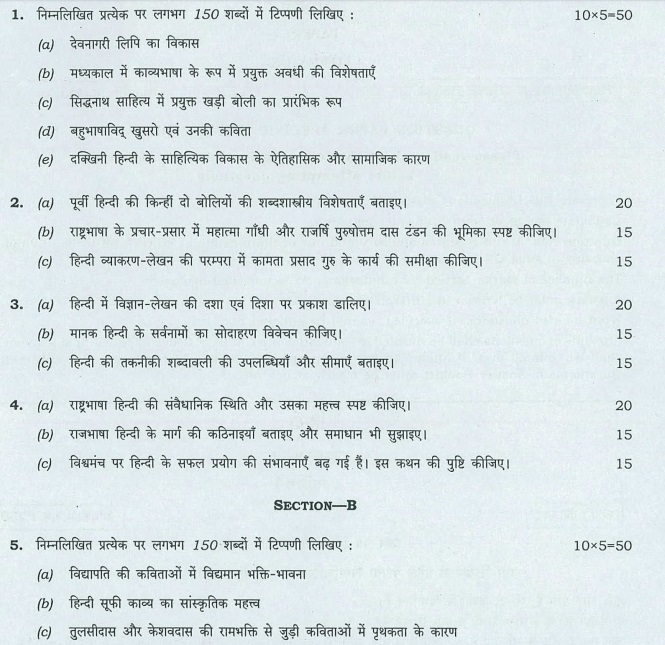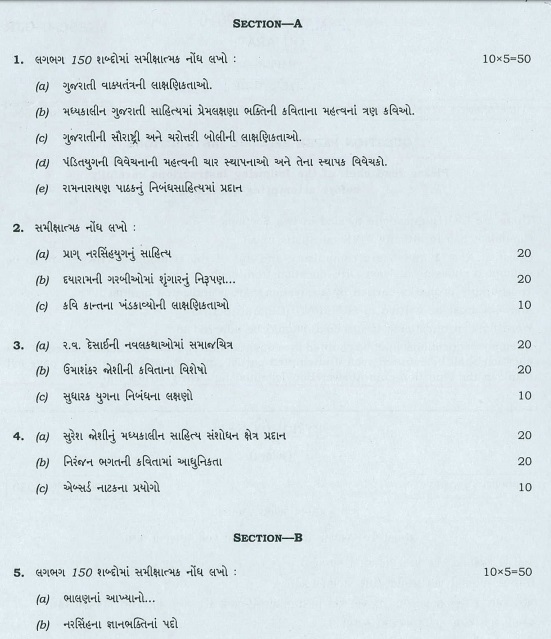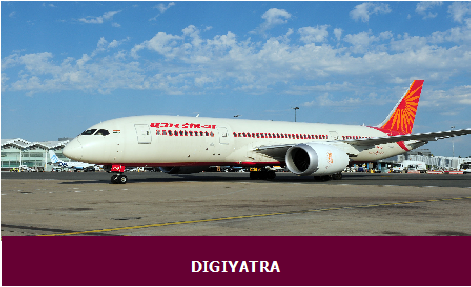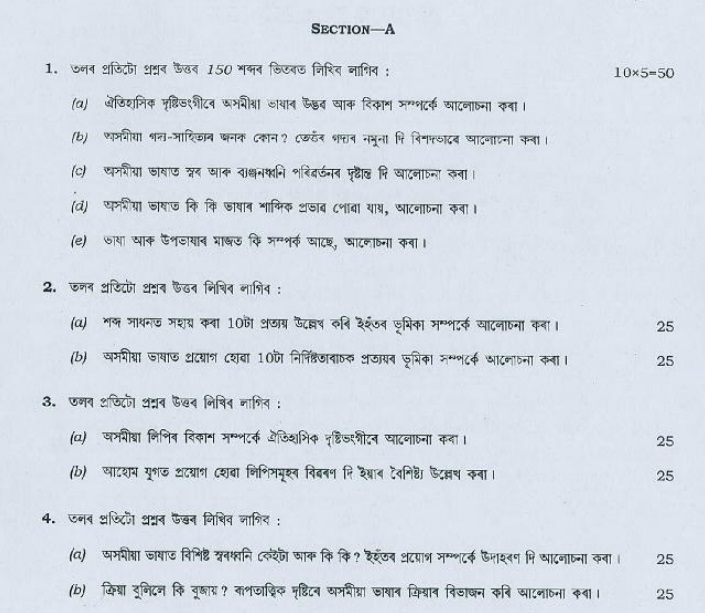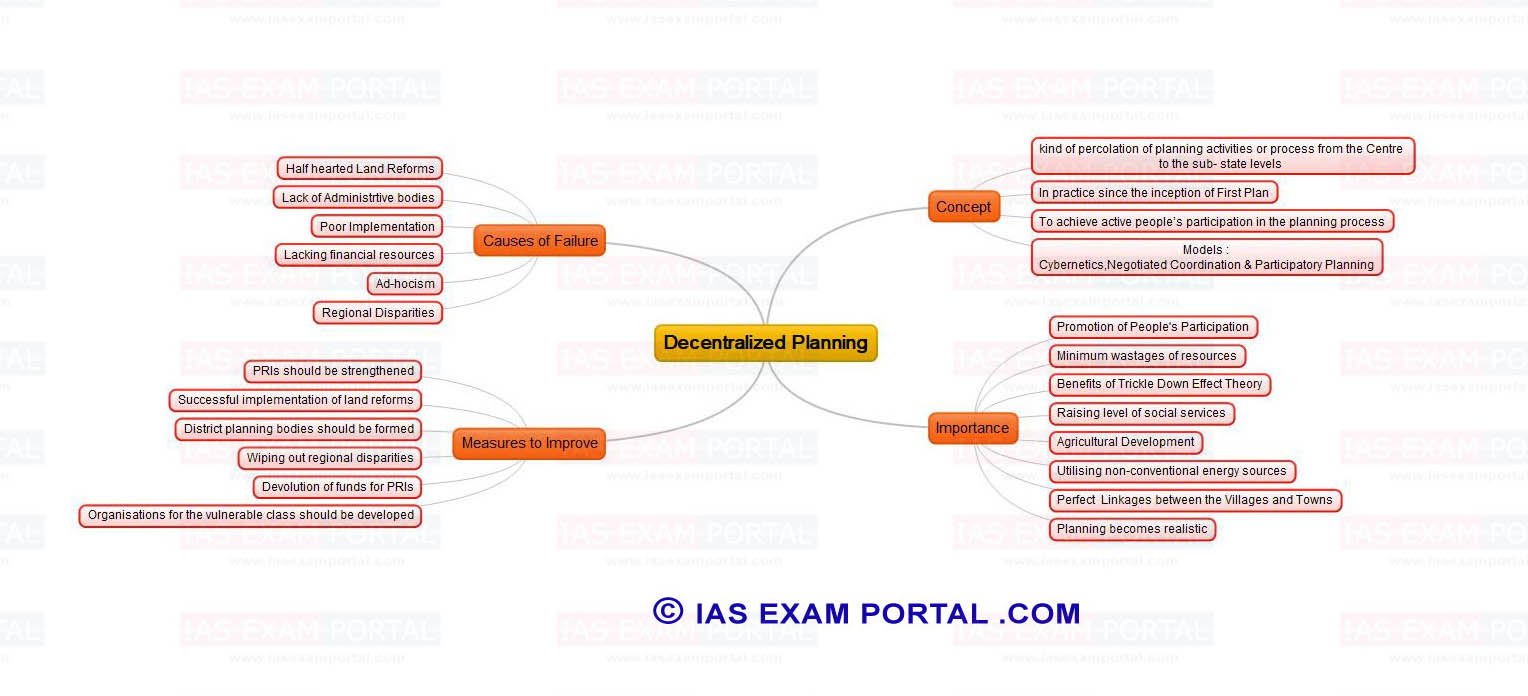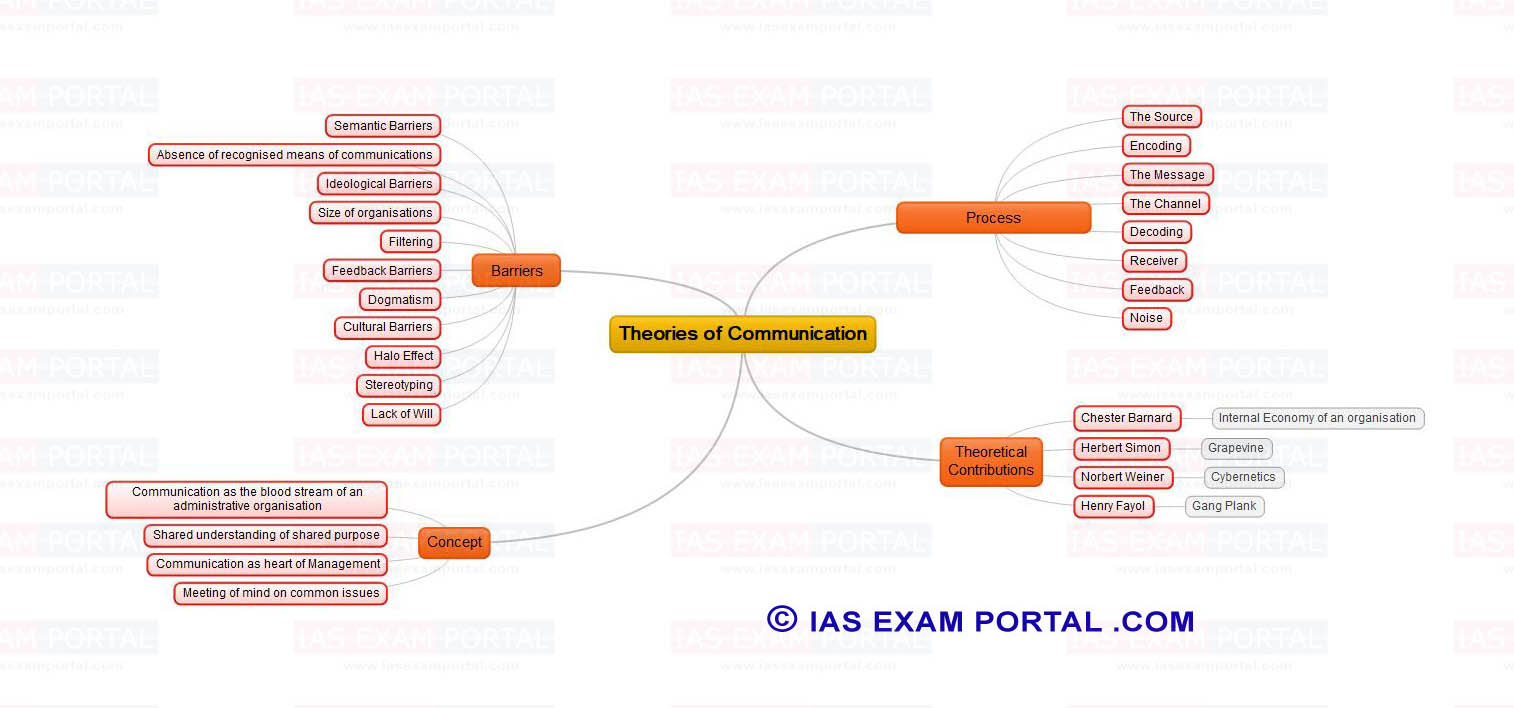
:: Difference of INDIAN EVM with other Countries ::
Free and fair elections are central to the democratic ethos of any country.
This includes fair, accurate, and transparent electoral process with outcomes
that can be independently verified. Conventional voting accomplishes many of
these goals. However, electoral malpractices like bogus voting and booth
capturing pose a serious threat to spirit of electoral democracy. It has, thus,
been the endeavour of the Election Commission of India to make reforms in the
electoral process to ensure free and fair elections. EVMs, devised and designed
by Election Commission of India in collaboration with two Public Sector
undertakings viz., Bharat Electronics Limited, Bangalore and Electronics
Corporation of India Limited, Hyderabad, is a major step in this direction.
Electronic Voting Machines ("EVM") are being used in Indian General and State
Elections to implement electronic voting in part from 1999 elections and in
total since 2004 elections. The EVMs reduce the time in both casting a vote and
ELECTRONIC VOTING MACHINES declaring the results compared to the old paper
ballot system. Bogus voting and booth capturing can be greatly reduced by the
use of EVMs. Illiterate people find EVMs easier than ballot paper system. They
are easier to transport the EVMs compared to ballot boxes.
EVM has become the leitmotif of the world's largest democratic exercise and
gets smarter with each avatar. Here is an attempt to briefly trace the evolution
of the EVM and its use in the world's largest democracy.
EVMs were first used in 50 polling stations of Parur Assembly Constituency of
Kerala in May 1982. These machines could not be used after 1983 after a Supreme
Court ruling that necessitated legal backing for the use of Voting machines in
elections. The law was amended by Parliament in December, 1988 and a new section
61A was inserted in the Representation of the People Act, 1951 empowering the
Commission to use voting machines. On 24th March, 1992, necessary amendment to
the Conduct of Elections Rules, 1961 was notified by the Government in the
Ministry of Law and Justice. An Expert Committee was constituted by the Govt. of
India which concluded that these machines are temper proof. Since, November
1998, EVMs have been using in each and every general/ bye elections to
Parliamentary and Assembly Constituency. India turned into an e-democracy in
General Elections 2004 when EVMs were used across all polling Stations in the
country. Since then, all elections were conducted by EVMs .
The process of electronic voting can be of three types:
(i)Direct Recording Machines placed at designated polling station,
(ii)Internet Voting
- Remote Online Voting
- At Designated Polling Stations
(iii)Optical Scanners
- Stand-alone
- Networked for centralized counting of results
EVMs used in India fall under the first type of stand-alone direct recording
machines with no possibility of any kind of network connectivity where voters
cast their votes at an assigned polling station on the day of election under
strict administrative security ensured by the ECI.
Difference from International EVM's
Even though ECI EVMs are also direct recording machines ECI EVMs are
completely different from any of the EVMs used internationally either for direct
recording or for internet voting or for optical scanning. This is clearly
highlighted in the comparative analysis of ECI EVMs with the DRMs used in
countries like Germany, Netherland, Ireland, and USA as follows:
Germany:




